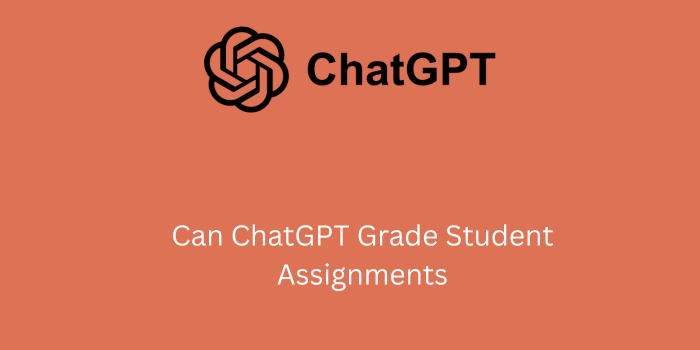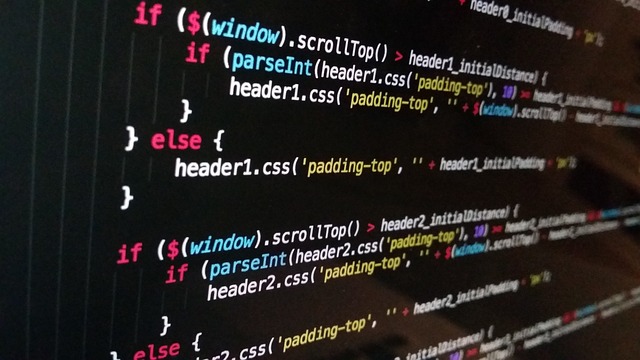With the rapid advancement of artificial intelligence, educational institutions are exploring new ways to improve efficiency and effectiveness in the classroom. One of the most exciting innovations is the use of AI tools like ChatGPT for grading student assignments. But how feasible is it to rely on AI for this critical task? In this blog post, we’ll explore the capabilities of ChatGPT in the context of grading, its advantages, limitations, and how educators can responsibly integrate it into their workflows.
What Is ChatGPT?
ChatGPT is an advanced language model developed by OpenAI. It uses natural language processing (NLP) to understand, generate, and evaluate human language.
While it was originally designed for conversational applications, it has evolved into a powerful tool capable of performing a wide range of tasks—including summarizing text, generating content, providing feedback, and even assisting in grading student assignments.
How ChatGPT Can Be Used to Grade Student Assignments
Using ChatGPT for grading assignments involves inputting student responses into the model and instructing it to evaluate the work based on specific criteria. Here are some practical ways educators are using ChatGPT to grade:
- Automated Essay Scoring: ChatGPT can assess grammar, coherence, and structure in student essays.
- Rubric-Based Evaluation: Teachers can provide a rubric, and ChatGPT can assign scores to various components like content, organization, and clarity.
- Feedback Generation: ChatGPT can write constructive feedback tailored to each student’s work.
- Plagiarism Checking: Although not a dedicated plagiarism checker, ChatGPT can highlight text that appears generic or copied.
- Language Support: ChatGPT can help ESL students by correcting and explaining errors in grammar or word choice.
Benefits of Using ChatGPT for Grading Assignments
Integrating ChatGPT into the grading process offers several advantages, especially in large classrooms or remote learning environments:
- Time Efficiency: Teachers can save hours by letting ChatGPT handle initial grading and feedback drafts.
- Consistency: ChatGPT applies evaluation criteria uniformly, reducing grading bias.
- Scalability: Suitable for large classes and online courses where manual grading is impractical.
- Instant Feedback: Students can receive feedback instantly, enhancing the learning loop.
- Customization: Prompts can be tailored to specific subjects, grade levels, and assignment types.
Challenges and Limitations
While ChatGPT offers many benefits, there are important limitations educators must consider before fully integrating it into the grading process. As a language model, ChatGPT lacks true comprehension and relies on patterns in data, which means it may not fully grasp the nuances of student responses, particularly in creative or critical thinking assignments. Additionally, its performance is heavily influenced by the quality of the input prompts, and without precise instructions, the output may vary in accuracy.
There is also the risk of reinforcing biases present in its training data, potentially affecting grading fairness. Moreover, educators must navigate ethical concerns such as student data privacy and the transparency of AI use in academic evaluations. These limitations underscore the importance of using ChatGPT as a supplementary tool, not a complete replacement for human judgment in grading.
- Lack of Deep Understanding: ChatGPT evaluates based on patterns, not true comprehension.
- Subjectivity: In creative or open-ended responses, grading may still require human judgment.
- Prompt Sensitivity: The quality of grading depends heavily on the clarity and accuracy of the prompt.
- Potential Bias: AI models can inherit biases from training data and may require monitoring.
- Data Privacy: Institutions must ensure student data is protected when using AI tools.
Best Practices for Using ChatGPT in Grading
To maximize benefits and minimize drawbacks, here are some best practices for using ChatGPT to grade assignments:
- Use as a Support Tool: Let ChatGPT assist, but not replace, human judgment.
- Customize Prompts: Design prompts carefully with clear rubrics and examples.
- Review Output: Always review AI-generated grades and feedback before releasing to students.
- Protect Data: Use secure platforms and anonymize student information where possible.
- Train Educators: Offer professional development to help teachers use ChatGPT effectively.
Examples of ChatGPT Grading Prompts
Here are some sample prompts teachers can use to guide ChatGPT in evaluating assignments:
"Grade this essay on a scale of 1–10 based on clarity, coherence, and grammar. Provide one paragraph of constructive feedback." "Using the following rubric, score this short answer: Content (5 points), Clarity (3 points), Grammar (2 points). Explain each score." "Check the following student paragraph for grammar and suggest improvements with explanations."
Case Studies: AI Grading in Action
Several educational institutions have begun pilot programs using AI for grading:
- Arizona State University: Uses AI tools for grading writing assignments in large lecture classes.
- Khan Academy: Experimented with GPT-powered tools for personalized feedback in math and reading.
- Coursera & EdX: Integrate AI feedback in peer-reviewed and automated assessments for scalability.
Ethical Considerations
Before implementing AI grading, schools and educators must consider ethical implications:
- Transparency: Students should know when AI is used and how it affects their grades.
- Bias Mitigation: Regular audits of AI-generated scores can help ensure fairness.
- Human Oversight: Human review is essential to catch AI errors or inappropriate feedback.
The Future of AI in Education
AI is set to become a powerful ally for teachers, not a replacement. As technology improves, we can expect smarter, more nuanced grading tools that work alongside educators to enhance learning.
ChatGPT is just the beginning of a wave of innovation in the classroom.
Conclusion
ChatGPT holds great promise as a tool for grading student assignments, offering efficiency, consistency, and rich feedback when used correctly. However, it’s important to recognize its limitations and apply it with careful planning and human oversight. When balanced with professional judgment and ethical considerations, ChatGPT can significantly enhance educational outcomes and reduce teacher workload.






